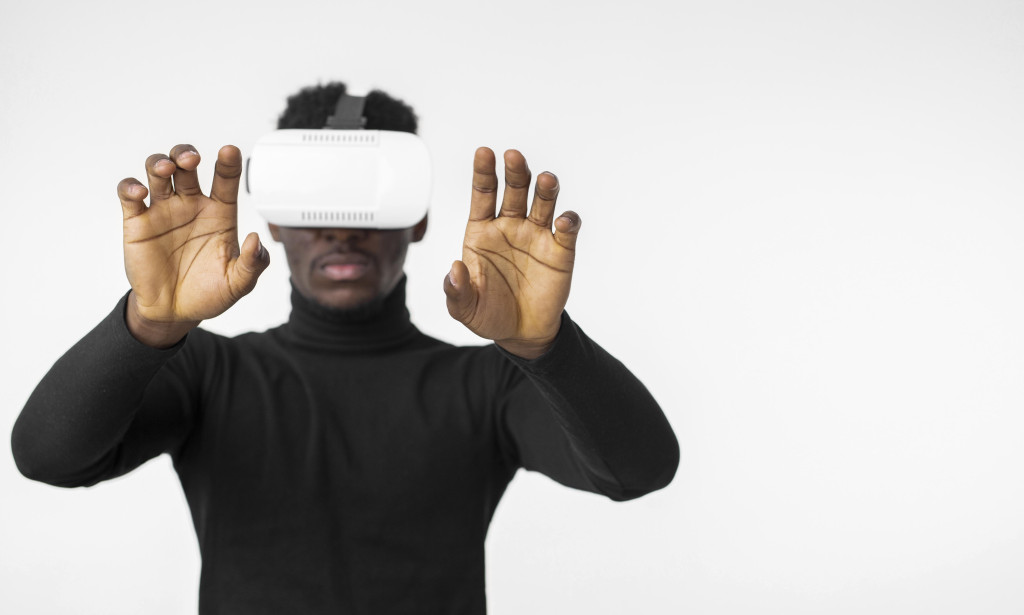
Image by Freepik
The COVID-19 pandemic has dramatically changed the way we work and collaborate, with many people now working from home or remote locations. This shift has highlighted the need for new technologies that can help us stay connected and productive in a virtual environment. One such technology is virtual and augmented reality (VR/AR), which is transforming the way we work and collaborate remotely.
Virtual Offices: One of the most exciting applications of VR/AR in the context of remote work is the creation of virtual offices. With a VR headset and a virtual office platform, employees can create a virtual workspace that simulates a physical office environment. This allows employees to collaborate and interact with each other in a more natural and immersive way, regardless of their physical location.
Virtual Training: VR/AR is also being used to facilitate virtual training and collaboration. With a VR headset and a virtual training platform, employees can participate in interactive training sessions and simulations, which can help them develop new skills and improve their performance. This is especially useful for businesses that have employees in multiple locations, as it allows them to provide consistent training and support to all employees.
Collaborative Design: Another exciting application of VR/AR is in collaborative design. With a VR headset and a collaborative design platform, teams can work together to create and refine 3D models, which can help them better visualize and iterate on their designs. This is especially useful for industries such as architecture, engineering, and product design, where collaboration and visualization are essential.
Challenges: While VR/AR has the potential to revolutionize remote work and collaboration, there are also some challenges to overcome. One challenge is the cost of the technology, which can be prohibitively expensive for some businesses and individuals. Another challenge is the need for specialized skills and knowledge to develop and deploy VR/AR applications effectively.
Conclusion: Despite these challenges, VR/AR is an exciting technology that is transforming the way we work and collaborate remotely. With the right tools and platforms, businesses and individuals can leverage VR/AR to stay connected, productive, and innovative in a virtual environment.

You must be logged in to post a comment.